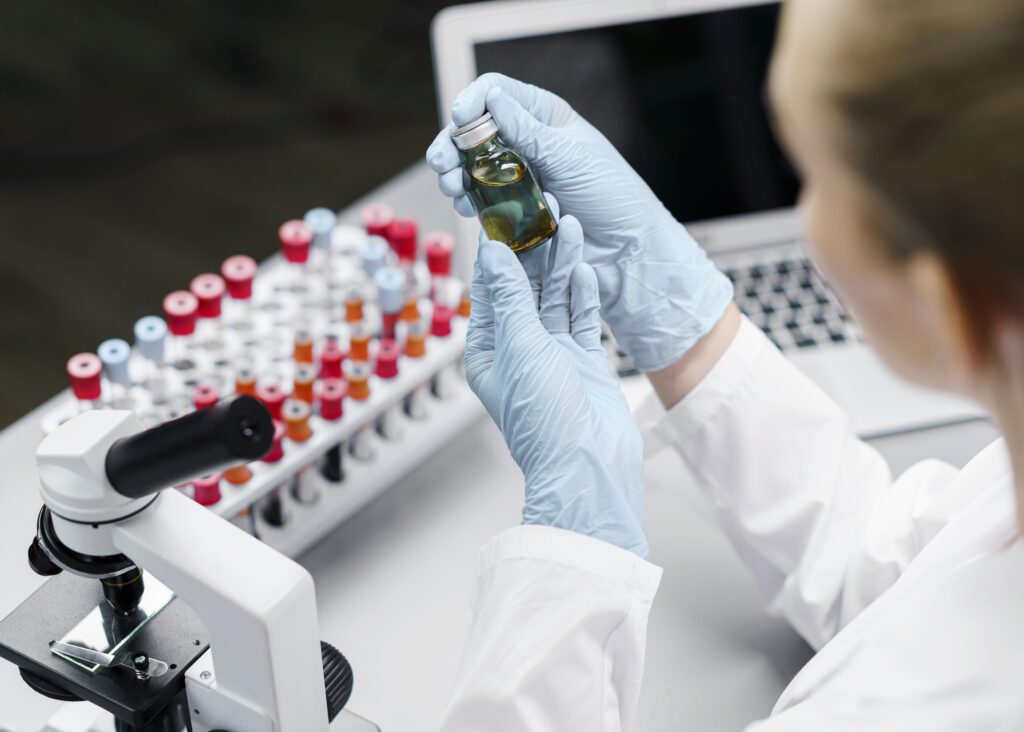Pharmacology and toxicology are central pillars of drug development, providing critical insights into how compounds interact with biological systems. To ensure new therapies are safe and effective, researchers rely on biological specimens that closely reflect the human condition. Among these, human serum has emerged as one of the most valuable biofluids for preclinical and clinical assessments. By integrating human serum into pharmacological and toxicological studies, pharmaceutical companies, biotech firms, and research institutions gain an evidence-based pathway to predict efficacy, detect toxicity, and accelerate regulatory approval.
This article explores why human serum is essential in pharmacology and toxicology research, its role in advancing drug safety and efficacy, and how it compares with other Human Biofluids such as plasma.
Why Human Serum Matters in Drug Development
Human serum is the liquid component of blood obtained after clotting factors are removed. Unlike plasma, which still contains clotting proteins, serum provides a cleaner matrix for studying drug interactions, biomarkers, and metabolic activity.
In pharmacology, serum helps determine how drugs are absorbed, distributed, metabolized, and excreted key factors in pharmacokinetics (PK) and pharmacodynamics (PD). In toxicology, serum-based assays reveal potential adverse effects by showing how compounds influence biological markers such as enzymes, hormones, or immune response factors.
The use of human serum therefore ensures data relevance. Animal models, though useful, often fail to capture the complexities of human biology. By integrating serum into assessments, researchers minimize translational gaps between laboratory findings and real-world patient outcomes.
Applications of Human Serum in Pharmacology
1. Drug Binding Studies
Many drugs circulate in the bloodstream bound to proteins. Human serum provides the natural environment to measure protein-binding dynamics, helping researchers predict the free (active) concentration of a drug in patients.
2. Biomarker Discovery
Serum is rich in metabolites, cytokines, and proteins that serve as biomarkers. These molecules help scientists evaluate therapeutic efficacy and disease progression, especially in oncology, neurology, and autoimmune disorders.
3. Metabolite Profiling
By analyzing metabolites in human serum, pharmacologists can understand how drugs break down in the body. This information is critical for dosage optimization and minimizing toxic side effects.
4. Therapeutic Monitoring
Pharmacology often requires long-term monitoring of drug exposure. Serum provides consistent and reliable data for therapeutic drug monitoring, ensuring patient safety during clinical trials.
Applications of Human Serum in Toxicology
1. Toxicity Biomarker Assessment
Human serum helps detect early signals of toxicity. Elevated enzyme levels, oxidative stress markers, or abnormal metabolite patterns in serum can reveal potential organ-specific toxicities before they escalate.
2. Immune System Response
Some drugs trigger immunotoxicity, leading to allergic reactions or autoimmune-like effects. Human serum allows toxicologists to assess antibody or cytokine responses, which are not always evident in animal testing.
3. Cross-Species Comparisons
Toxicology often involves bridging data from animals to humans. By incorporating human serum, researchers can directly compare responses, ensuring findings translate better to clinical settings.
4. Endocrine Disruption Studies
Many compounds interfere with hormone regulation. Human serum offers a reliable medium to study hormone fluctuations and receptor interactions, critical for toxicological risk assessments.
Human Serum vs. Other Human Biofluids
While Human Biofluids such as saliva, urine, and cerebrospinal fluid also provide insights, serum remains the gold standard for pharmacology and toxicology. Unlike urine, which reflects drug excretion, or saliva, which shows localized concentration, serum represents systemic exposure. Moreover, serum integrates signals from across the body, giving a holistic picture of drug action and toxicity.
That said, combining serum with other biofluids strengthens research. For instance, serum analysis may be complemented with human plasma purchase options for comparative studies, particularly when clotting factors are relevant. Both serum and plasma have unique advantages, and their combined use offers comprehensive pharmacological and toxicological profiling.
Quality and Sourcing of Human Serum
Not all serum samples are equal. High-quality, well-characterized specimens are essential for reproducible results. Variables such as donor health, collection methods, storage conditions, and freeze-thaw cycles affect sample integrity.
Pharma and biotech companies often partner with specialized biospecimen providers to ensure access to ethically sourced, high-quality human serum. Increasingly, researchers also look for customizable serum panels (e.g., age-matched or disease-specific donors) to better align studies with target patient populations.
Ethical considerations are also paramount. Serum collection must follow regulatory and bioethical guidelines, including informed consent and strict anonymization protocols.
Future Directions: Human Serum in Next-Generation Drug Research
As precision therapeutics and biologics dominate the pipeline, the role of human serum is expected to grow further. For example:
-
Immunotherapies: Serum enables monitoring of immune checkpoint inhibitors and their systemic effects.
-
Gene and Cell Therapies: Serum biomarkers help assess delivery safety and long-term toxicity.
-
AI-Powered Drug Development: Integration of serum-based omics data with machine learning models enhances predictive pharmacology.
Furthermore, as global collaborations increase, the demand for high-quality human plasma purchase and serum biospecimens will rise, ensuring researchers can validate findings across diverse populations.
Conclusion
Integrating human serum into pharmacology and toxicology assessments bridges the gap between experimental models and clinical reality. From drug binding studies and metabolite profiling to toxicity detection and immune monitoring, serum offers a comprehensive, biologically relevant medium. While other Human Biofluids contribute valuable insights, serum remains the most versatile and reliable option for systemic evaluations.
For the pharmaceutical and biotech industries, investing in high-quality human serum samples and combining them strategically with plasma and other fluids translates into faster drug development, better regulatory compliance, and ultimately, safer and more effective therapies for patients worldwide.



